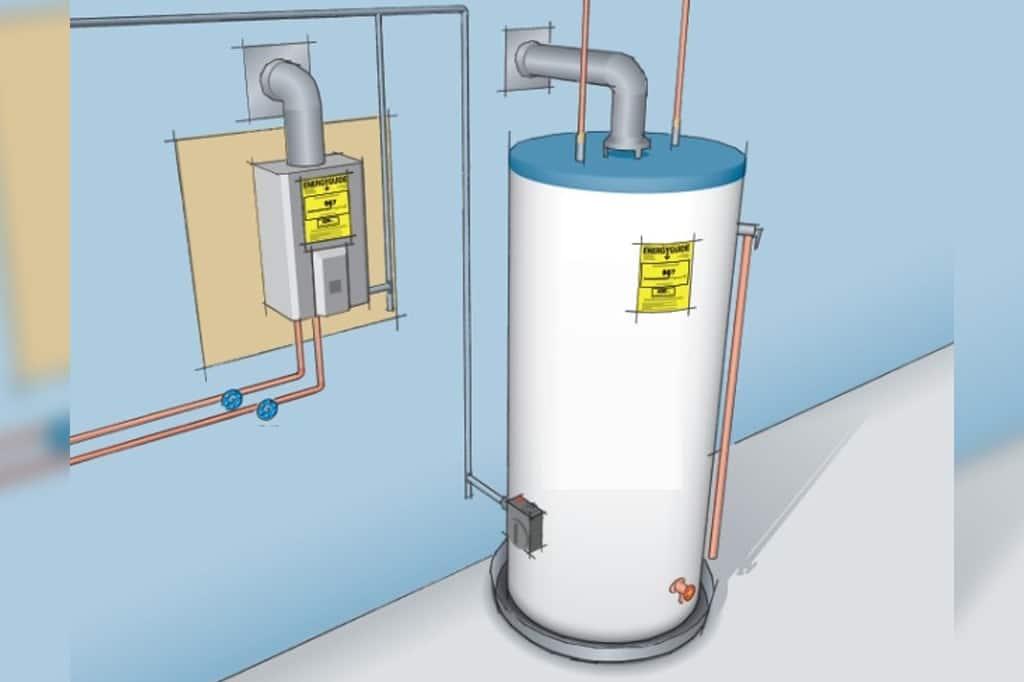Aluminium radiators are increasingly seen alternatively to the steel and cast iron radiators we’re more familiar with. However, as a somewhat new offering in the united kingdom, radiator retailers tend to be asked these questions. The advantages of using aluminium to create radiators Aluminium physical properties allow it to be a perfect material to create a radiator from. It gives the next positive characteristics. Recyclable aluminium can very quickly be re-worked, recycled aluminium is widely found in everyday products including radiators. Inexpensive using recycled aluminium keeps production costs down. Light-weight this makes transportation and installation easier and, consequently, cheaper. Long guarantee periods for aluminium radiators have guarantees of up to a decade as this material has a protective film of surface oxide rendering it naturally resistant to corrosion, although, other inputs could cause a risk of corrosion. Browse the below mentioned site, if you are hunting for more information about pressurised hot water cylinder.
See below for more information. Quick to react or thermally conductive aluminium ensures rapid heat transfer from the water within the radiator to the air in the room. In practical terms which means the radiators just need to be switched on prior to the room is needed. On the flip side, aluminium cools down equally quickly unlike cast iron which retains heat for hours. Variety of shapes and styles in aluminium is relatively soft, yet durable and includes a high ductile strength meaning it could be stretched or extruded into long strips. Therefore aluminium is often found in vertical radiator models and is commonly useful for contemporary style feature radiators and sectional options. The extrusion process ensures that uniformly shaped sections may be formed and radiators could be of sectional construction. A sectional aluminium radiator is assembled by joining any number of sections together to create the specified width this enables for a vast collection of widths and ensures that radiators can be easily sized to suit onto existing pipework.
The same sectional construction method is used for cast iron and some steel radiators. Scope for large radiators means that huge heat outputs can be achieved. There is not one material that surpasses the other; there are pros and cons for each. Your choice depends on your particular circumstances and specification. There is a standard misconception that the expense of a radiator is entirely influenced by the material it is made of but you will find so many other factors at play. Aluminium is light-weight whereas cast iron is heavy and steel sits somewhere involving the two. Guarantee periods as aluminium radiators usually have ten year manufacturer guarantee but so do cast iron radiators. Steel tends ahead with less at five years as steel is more susceptible to corrosion, though if the radiator is installed and maintained properly, this would not be considered a problem. Speed of reaction in aluminium heats up quickly, however cools down quickly whereas cast iron takes longer to warm up, and retains the heat for longer after switch off. Steel sits somewhere in the middle.




